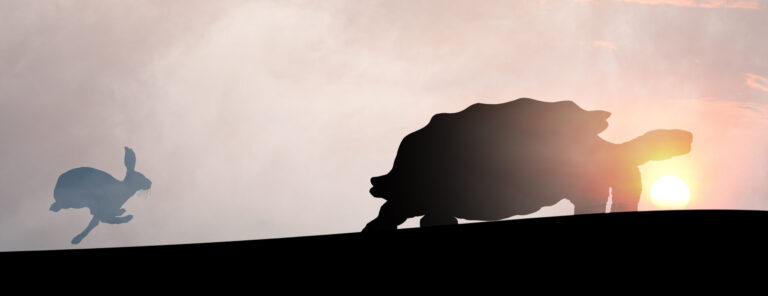I’m not a particularly good golfer. In fact, despite my physical prowess in the martial arts, I would say my ability to consistently strike the ball in the direction I’m targeting is definitely lacking. One afternoon, while golfing with a friend of mine who is a scratch golfer, I asked whether the club I was holding was the right one for the distance I was from the pin. My friend looked at me, smiled and simply said, “it all depends and how far YOU can hit with that club!”. In other words, you need to know your specific range with each club, so that you can intelligently choose which one to use.
Golf and Krav Maga, while seemingly disparate disciplines, share notable similarities in their structured approaches to specific tools and techniques, tailored for distinct purposes. Both activities require mastery of specialized equipment and techniques to achieve success, whether it be sinking a putt or defending oneself in a potentially violent situation.
At the heart of golf is the golf club, a tool essentially designed for precision striking of the golf ball. Each type of club serves a specific purpose, from drivers that propel the ball long distances off the tee to putters that allow for delicate touches on the greens. The golfer must select the appropriate club based on the distance to the hole, the terrain, and the desired trajectory of the shot. This decision-making process requires not only knowledge of the clubs but also an understanding of the course dynamics—elements like wind, elevation, and grass type. The golfer’s success hinges on their ability to use the right tool for the right situation, showcasing a blend of skill, strategy, and adaptability.
Similarly, Krav Maga employs a variety of techniques and strikes, each designed for specific self-defense ranges and/or scenarios. Unlike traditional martial arts that may focus on one-on-one combat using standardized techniques, Krav Maga is pragmatic, emphasizing real-world applications. Kravists learn to use their surroundings, as well as everyday objects, as improvised weapons or defensive tools. For instance, a bottle can be used to strike an opponent, while a wall can serve as a support for defensive maneuvers. Similarly, we learn that The combatives we choose to use are directly linked to the distance we are from Target. There are, in fact, four ranges for a fight: kicking range, straight punch range, elbow/knee/uppercut/hook range and, lastly, the ground. Each tool or technique serves a distinct purpose, and mastery involves understanding when and how to employ these tools effectively in high-pressure situations.
Both golf and Krav Maga also demand a high level of mental engagement. In golf, players must visualize their shots, anticipate outcomes, and manage psychological pressure. The mental game is as crucial as physical skill; a golfer who can maintain focus and composure under pressure is often more successful than a technically proficient player who falters mentally. Similarly, Kravists must remain calm and assess threats quickly. The ability to think critically and make rapid decisions can be the difference between overcoming an attacker or succumbing to the situation. In both, the mental aspect complements the physical execution of techniques, enhancing overall performance.
Moreover, both disciplines emphasize continuous improvement through practice and repetition. Golfers spend countless hours on the driving range and putting green, honing their swings and short games. This dedication to refining skills is mirrored in Krav Maga training, where we repeatedly drill techniques to build muscle memory and instill confidence. The journey toward mastery in both is gradual, requiring patience, discipline, and resilience in the face of challenges.
Whether on the golf course or in a self-defense scenario, the ability to select and effectively wield the right tool from the correct distance can lead to success.




